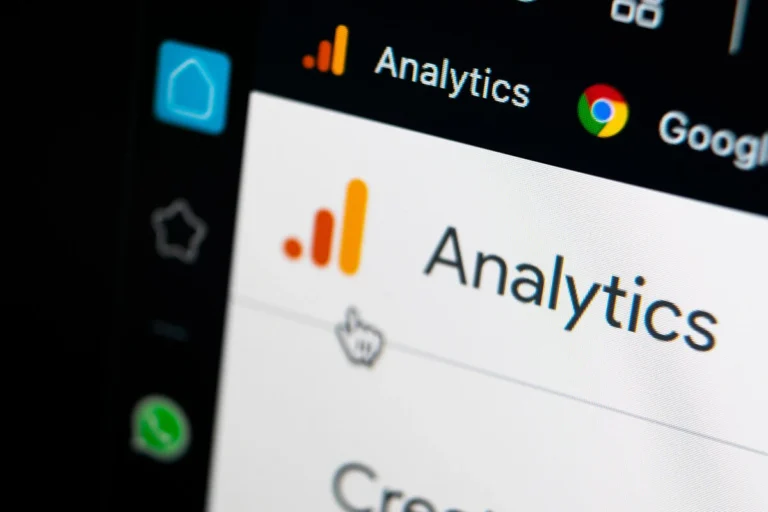How Much Should You Spend on Amazon PPC?
Understanding Daily Budget Limits
Setting a daily budget is a crucial first step when embarking on your Amazon PPC journey. The daily budget essentially acts as a safeguard to prevent overspending. This budget sets a cap on how much you’ll spend on ads per day, allowing for better control over your expenditures; for businesses new to Amazon PPC, a conservative approach is recommended. How much should you pay for PPC? Start with a smaller daily budget and gradually increase it as you start seeing results and understanding which campaigns yield the highest ROI. This approach offers flexibility to scale up based on performance and profitability.
Factors Influencing PPC Costs
There are multiple factors at play when calculating PPC costs on Amazon. The level of competition in your product category can significantly drive up your costs per click (CPC). Higher competition means higher bids are required to secure lucrative ad placements. Additionally, customer demand, the relevancy of keywords, and the quality of your product listings also play essential roles. Comprehensive keyword research using PPC cost estimators can provide insights into how much you might need to bid to stay competitive.
Typical PPC Spending Brackets
Amazon PPC costs can vary widely among sellers, but there are typical spending brackets that most businesses fall into. Smaller businesses or those testing PPC waters might start with a budget of around $5-$20 per day. As you start to see clear benefits and positive returns, scaling up to $50, $100, or even $500 daily budgets can be warranted. The ultimate goal is to ensure that your ad expenditure correlates positively with your sales growth and helps boost your bottom line.
How Does Amazon Charge for PPC?
Amazon’s PPC (Pay-Per-Click) advertising model is designed to be both flexible and competitive, making it an ideal tool for businesses to enhance their visibility on the platform. Understanding how Amazon charges for PPC is crucial to effectively managing your budget and optimizing your ad campaigns. Below, we break down the primary components of Amazon’s PPC charging structure:
Explanation of Cost-Per-Click (CPC)
Amazon PPC primarily operates on a cost-per-click (CPC) basis. This means you only pay when a shopper clicks on your ad rather than paying for mere ad impressions. The amount you pay per click is determined by your bid—the maximum amount you’re willing to pay for a click—and the competitiveness of the keywords you’re targeting. This model ensures that your advertising budget is directly tied to user engagement with your ads, making it a cost-effective strategy for driving traffic to your listings.
Bid Strategies and Their Impact
Amazon offers various bid strategies to help you control your PPC costs. Manual bidding allows you to set specific bids for each keyword, giving you precise control over your spending. Automatic bidding, on the other hand, lets Amazon adjust your bids in real time based on the competitiveness of the auction. Additionally, Amazon provides dynamic bidding options, where bids can be adjusted higher or lower depending on the likelihood of a conversion. Selecting the right bid strategy is essential for balancing your ad budget while maximizing your ad visibility.
Billing Cycles and Invoicing
Amazon invoices its advertisers periodically, typically every month. You’ll receive an invoice summarizing your ad spend, which you can access through your advertising account. Ensuring timely payments is vital to maintaining your ad campaigns without interruptions. Amazon also offers a detailed breakdown of your ad spending, enabling you to analyze your PPC costs and refine your budgeting strategies according to your business needs.
By understanding these fundamental aspects of how Amazon charges for PPC, businesses can more effectively leverage their PPC advertising to enhance their marketplace presence while maintaining a healthy return on investment.
How Much Does PPC Cost?
Amazon PPC costs can vary significantly based on a variety of factors. Understanding these costs is crucial for optimizing your advertising budget and maximizing return on investment.
Average CPC Rates on Amazon
The average cost-per-click (CPC) on Amazon can range from $0.20 to $2.00, depending largely on the product category and the competitiveness of your chosen keywords. Categories such as electronics and home appliances tend to have higher CPC rates compared to less saturated markets like niche crafts or specialty foods.
Comparing Amazon PPC Costs to Other Platforms
When compared to other platforms such as Google Ads and Facebook Ads, Amazon PPC typically offers a more direct route to conversion but how much does PPC cost on Google? On Google, for instance, CPC rates might range broadly from $1 to $2 for most verticals, and can go higher in competitive industries. Meanwhile, Facebook Ads may offer lower CPC rates, but the intent of users is generally less purchase-focused compared to Amazon’s shoppers.
Using PPC Calculators to Estimate Costs
One of the most effective methods for estimating your PPC costs is to utilize an Amazon PPC cost calculator. These tools allow you to input variables such as campaign budget, expected CPC, and desired click-through rate (CTR) to forecast your daily, monthly, or yearly ad spend. Many third-party platforms offer sophisticated calculators that can provide detailed insights to help you make data-driven decisions.
In summary, understanding typical CPC rates and comparing these with costs on other platforms can provide a clearer picture of what to expect. Utilizing a PPC cost estimator will further refine your strategy, ensuring that your ad spend aligns with your business objectives.
Tips for Managing Amazon PPC Costs
Setting Realistic PPC Budgets
One of the fundamental steps in managing your Amazon PPC costs is setting a realistic budget. Consider the overall marketing budget and allocate a portion specifically for PPC. A detailed analysis of your sales goals and profit margins will help. Using an Amazon PPC cost calculator can assist in setting a daily budget that aligns with your financial goals. Remember, a well-planned budget can prevent overspending and ensure that your ads get sufficient exposure without breaking the bank.
Optimizing Ad Campaigns for Cost-Efficiency
Optimizing your PPC campaigns can dramatically reduce costs while improving the efficiency of your spending. Start by selecting relevant and high-impact keywords. Utilize Amazon’s automatic targeting and manual targeting options to find a balance that works for your products. Regularly review your campaigns to identify which keywords are delivering the best return on investment (ROI) and adjust your bids accordingly.
Consider using negative keywords to prevent your ads from showing up in irrelevant searches. This will help in minimizing wasted spend. Additionally, diversification into various ad types on Amazon, such as Sponsored Products and Sponsored Display Ads, can provide better cost-efficiency and broader reach.
Measuring ROI and Adjusting Strategies
Monitoring and measuring the ROI of your Amazon PPC campaigns is crucial. Use Amazon’s reporting tools to track key metrics like click-through rates (CTR), conversion rates, and cost-per-click (CPC). Analyzing this data can provide insights into the performance of your campaigns and help in making data-driven decisions.
Adjust your strategies based on these insights. For instance, increase bids on high-performing keywords and reduce or eliminate spending on underperforming ones. This adaptive approach ensures that your PPC budget is utilized effectively, driving better results over time.
Effective management of Amazon PPC costs is fundamental to achieving ad success without draining your resources. With strategic budget setting, ongoing campaign optimization, and continuous ROI measurement, you can leverage Amazon’s PPC platform to its maximum potential.
Transform your ad spend into a powerful growth engine. Optimize your ROI with Bohu Services’ expert digital marketing strategies. Schedule your free consultation today and witness unparalleled results.





































































































